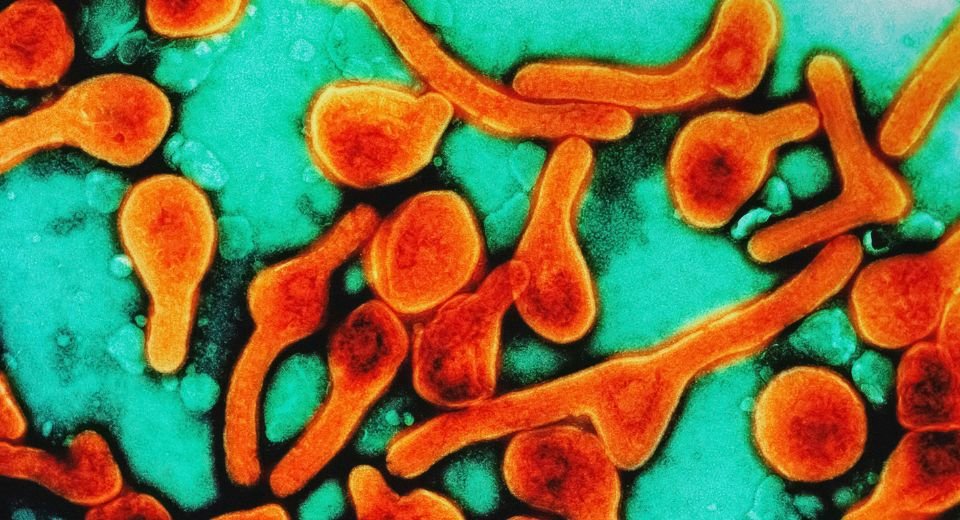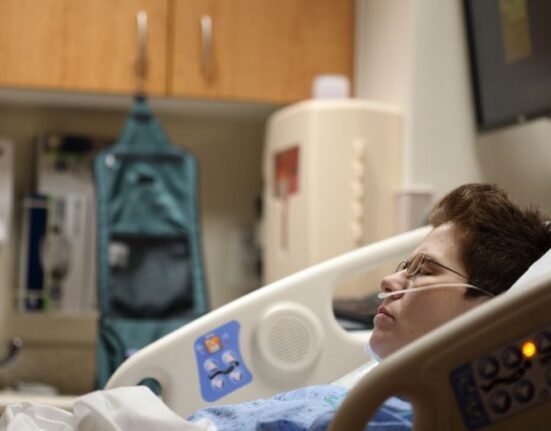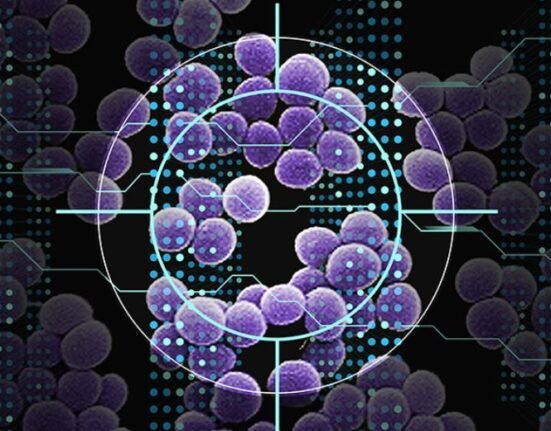HQ Team
March 18, 2025: Sepsis, a life-threatening response to infection that triggers organ failure, claims over 11 million lives worldwide annually, according to the World Health Organization. Often stemming from pneumonia, urinary tract infections, or abdominal infections, sepsis causes blood vessels to malfunction, leading to catastrophic inflammation and tissue damage. Now, a study by UT Southwestern Medical Center researchers reveals how a single protein, angiopoietin-2 (ANGPT2), plays both hero and villain in this deadly condition.
Under normal conditions, ANGPT2 helps maintain blood vessel stability by activating the Tie2 receptor, which keeps vessels anti-inflammatory and prevents leaks. But during sepsis, ANGPT2 flips the script. “In sepsis, blood vessels become leaky and clot-prone, flooding organs with fluid and immune cells,” explained Dr. Samir Parikh, co-lead researcher and Professor at UT Southwestern. “Patients overproduce ANGPT2, which blocks Tie2’s protective role. We wanted to understand why.”
Under normal conditions, ANGPT2 helps maintain blood vessel stability by activating the Tie2 receptor, which keeps vessels anti-inflammatory and prevents leaks. But during sepsis, ANGPT2 flips the script. “In sepsis, blood vessels become leaky and clot-prone, flooding organs with fluid and immune cells,” explained Dr. Samir Parikh, co-lead researcher and Professor at UT Southwestern. “Patients overproduce ANGPT2, which blocks Tie2’s protective role. We wanted to understand why.”
Sepsis biomarkers
The researchers found that ANGPT2 isn’t harmful on its own—its danger depends on its shape. During infections, immune cells release an enzyme (CATK) that chops ANGPT2 into tiny pieces. These broken bits then trigger severe inflammation, damaging organs.
In experiments, treating mouse immune cells with a bacterial toxin triggered CATK production, which chopped ANGPT2 into harmful pieces. Transferring these fragments to human endothelial cells (which line blood vessels) caused severe inflammation. But when researchers used an experimental CATK-blocking drug, blood vessels stayed stable, and mice with sepsis retained better lung and kidney function.
Crucially, the team found ANGPT2 fragments in sepsis patients’ blood, suggesting the same mechanism occurs in humans. “This opens doors for using CATK or ANGPT2 fragments as biomarkers to monitor sepsis severity,” said Dr. Takashi Suzuki, co-lead researcher. “And blocking CATK could become a first-of-its-kind therapy.”
A Glimmer of hope
While sepsis mortality rates remain high—nearly 30% in the U.S.—this study offers a dual promise: new diagnostic tools and targeted treatments. Current therapies focus on antibiotics and organ support, but “protecting blood vessels could prevent multi-organ shutdown,” Dr. Parikh emphasized.
The team has already filed a patent for their discoveries, aiming to accelerate drug development. If clinical trials succeed, CATK inhibitors could join the ICU arsenal, saving countless lives.
Sepsis doesn’t discriminate—it strikes the young, old, and immunocompromised, often as a complication of other illnesses. With antibiotic resistance rising, innovative treatments are urgent. “This isn’t just about sepsis,” Dr. Suzuki added. “Understanding vascular resilience could help in other inflammatory diseases, from COVID-19 to arthritis.”
The researchers stress that human trials are needed, but the path is clear. Funded by the National Institutes of Health, their work exemplifies UT Southwestern’s legacy of merging cutting-edge science with patient care. As Dr. Parikh put it: “We’re not just treating vessels; we’re safeguarding the entire body.”
Their findings are published in The Journal of Clinical Investigation,





